By David Dodge and Kay Rollans
Faruq Vishram is an engineer. And like many engineers from Alberta, Canada he spent a good part of his career building fossil fuel infrastructure such as coal-fired power plants.
So how did this Alberta engineer wind up working on solar projects all over the world?
Well the simple answer is he pivoted at just the right time in history.
Just as Ontario announced they were closing all of their coal-fired power plants Vishram landed jobs building large solar projects in Ontario.
“So I was very lucky to get recruited for some of the big solar plants that were being developed in Ontario. I built two of the very large ones there, one in Sault Ste-Marie and the other one in Hawkesbury near Ottawa,” says Vishram.
The Sault Ste. Marie Solar Park is a 68-megawatt solar project that was the second largest in Canada in 2011 when it was built.
Since then Vishram has worked on a dozen more solar projects in Alberta and Ontario including work on the largest solar project in Canadian history (400 megawatts) now being developed by Greengate Power in Vulcan, Alberta.
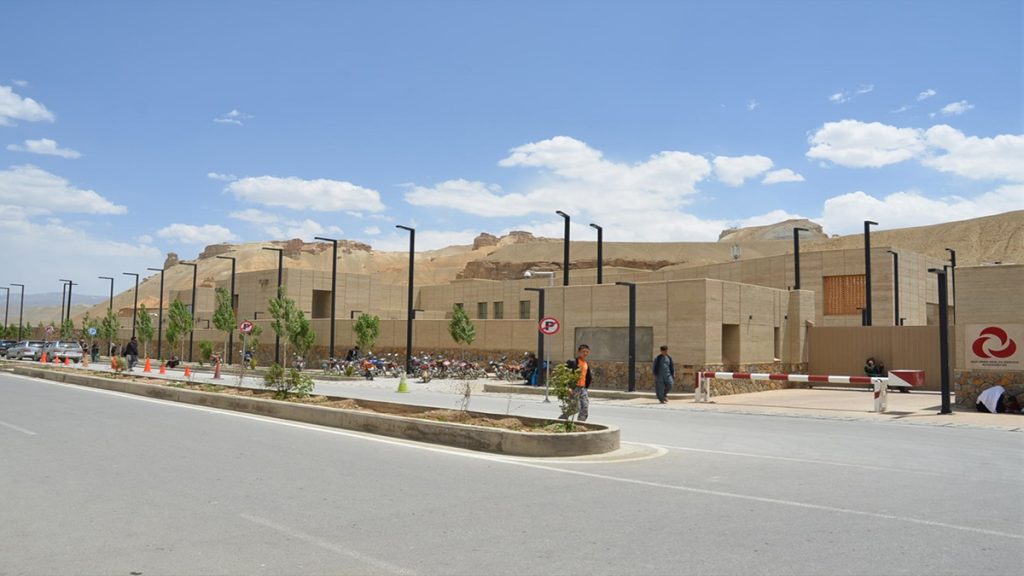
Aga Khan Development Network
Faruq Vishram is an Ismaili-Canadian. He immigrated here from Africa in 1978. I met Faruq years ago because they have a Jamatkhana, or “congregational place” right in my neighbourhood in Edmonton. My friend Sadru Nazarali introduced us and Faruq supported me when I ran for city council. But I never thought to ask what he does for a living.
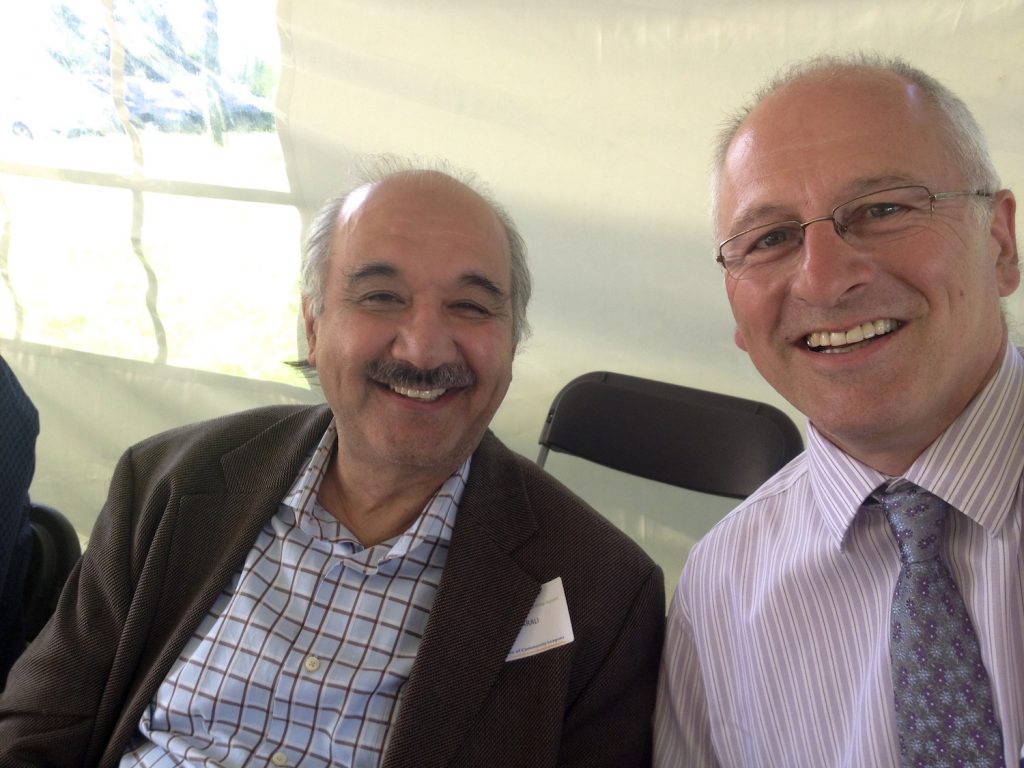
In my experience the Ismaili people value two things: success in business and community, with the latter being the most important.
“Ismailis are Muslims of the Shia sect with his highness, the Aga Khan as the spiritual leader and the present Imam of the Ismailis and the Aga Khan is a direct descendant of Prophet Mohammed,” explains Vishram.
So perhaps this is how he wound up on the radar of the Aga Khan Development Network, a group of non-denominational organizations founded by the Aga Khan that do work in the poorest parts of the world. The network has an annual budget of $950 million and does work in 30 countries.
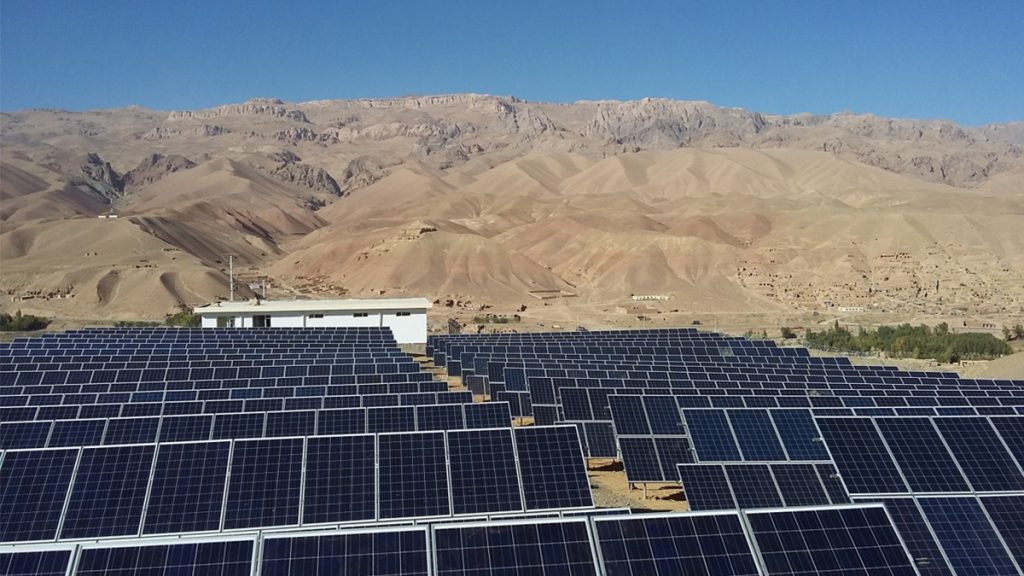
Solar Hospital in Afghanistan
When the Aga Khan Development Network decided to rebuild a hospital in Bamyan, Afghanistan Faruq got the call.
The City of Bamyan was once a bustling trade stop along the silk road. Until 2001 it was home to the Buddas of Bamyan, a UNESCO World Heritage Site. “This is where the Buddha statues used to be. These were the largest Buddha statues anywhere in the world. And during the war with Taliban, I’m sure you recall, the Taliban did they blew up those statues,” says Vishram.
Bamyan had a small hospital of 35 beds, but 15 of those beds were in tents and admissions increased six-fold between 2004 and 2016.
But there’s a problem. Many communities like Bamyan don’t have an electricity grid so they depend on diesel generators. And “the diesel in that area comes from far-away places as far away as Iran. And by the time it gets to Bamyan and it’s quite often tainted,” says Vishram.
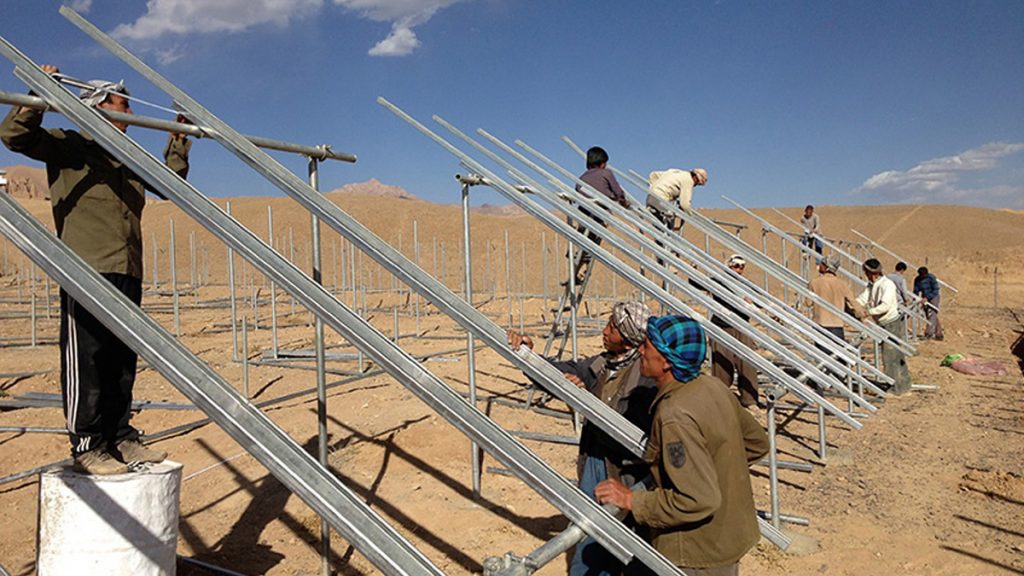
So Vishram designed a ground mount solar system with batteries for the hospital.
“It’s a 400-kilowatt DC system. It’s the largest in the AKDN network right now. It’s a ground-mounted system and it’s built behind the hospital, up on the mountain,” says Vishram. When combined with a battery system the solar is able to provide most of the electricity for the hospital.
“Solar is the primary source of power during the daytime when they have the most people visiting the hospital. Most surgeries are scheduled during the daytime.” The diesel generators kick in late at night to get them through the night.
“I was very lucky to be selected to do it as their [AKDN’s] global technical leader on solar. This is a voluntary position.” Yup, if you were thinking Faruq is a highly paid consultant to the AKDN – not so. He volunteers his time.
The new hospital has 100 beds and Vishram continues to advise on further improvements to the solar system. An in fact as technical advisor to the AKDN Vishram is advising on more than 35 solar projects around the world involving hospitals, medical clinics, cell phone towers and community water systems.
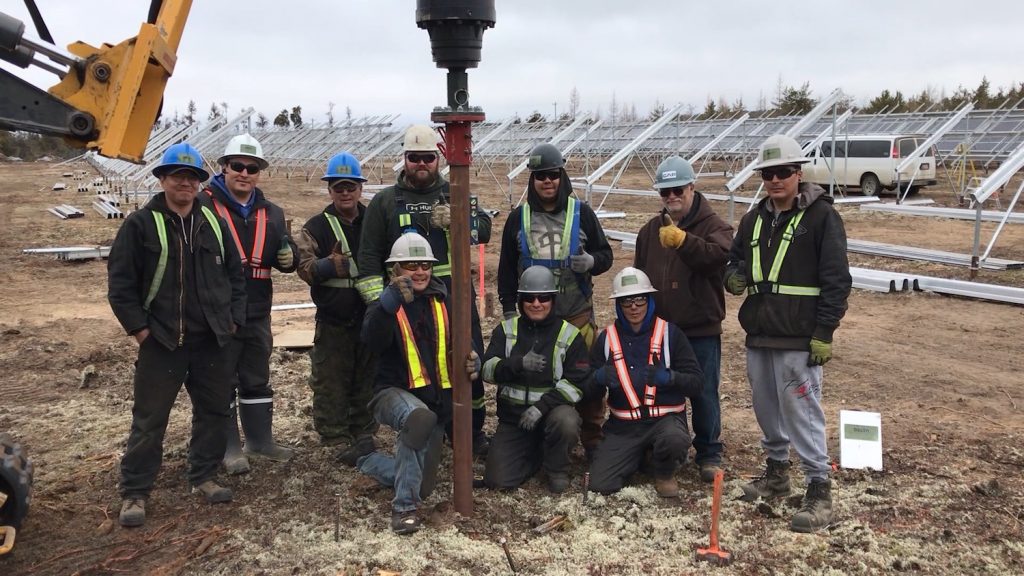
Solar is both a First and Third World solution
For Faruq solar just makes a lot of sense. “It’s an abundant source of energy and something that will never run out. It’s clean. It’s something that The Third World could heavily depend on,” says Vishram. Like some countries leap-frogged to cell phones, skipping the infrastructure needed for landlines, Faruq says solar can be used where there is a weak grid, or no grid at all.
Back in Alberta and in Ontario Faruq has been very active on a dozen solar projects. The projects tend to be about 22 megawatts in size. “Twenty-two megawatts is a fairly good sized project. It would roughly cover around 200 acres of land. It would produce, I would say around 40 to 45 gigawatt hours a year, enough to power about six to six and a half thousand homes per year,” says Vishram. If you are curious this involves just under 100,000 solar modules.
This scale, while not small, is chosen because it can easily be connected to 25 kilovolt transmission lines.
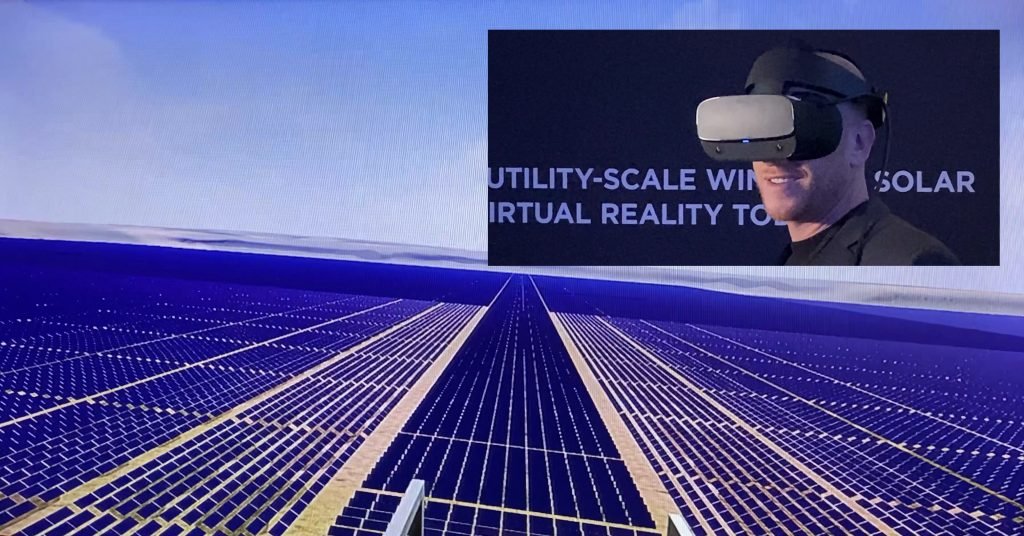
As if that isn’t enough Faruq is also working on the largest solar project in Canadian history the 400-megawatt Travers Solar Project in Vulcan, Alberta being developed by Calgary’s Greengate Power.
When Faruq got his start on solar in Ontario the projects were subsidized by lucrative feed-in-tariffs. But that has all changed now. Solar reached grid parity several years ago and now it’s one of the cheapest ways to generate electricity.
“So solar can now compete, you know, without subsidy. And it’s getting very, very popular, not just in Alberta, but, all over the world,” says Faruq.
And so the former coal plant guy is now the solar guru, working on solar projects in Alberta and Ontario. Faruq also plans to continue volunteering for the Aga Khan Development Network on projects around the world.

